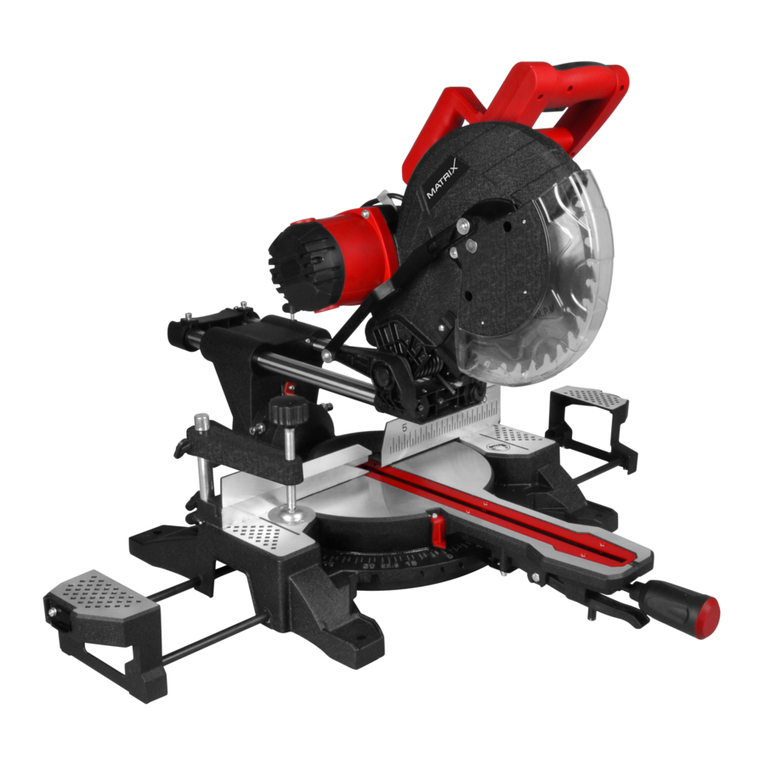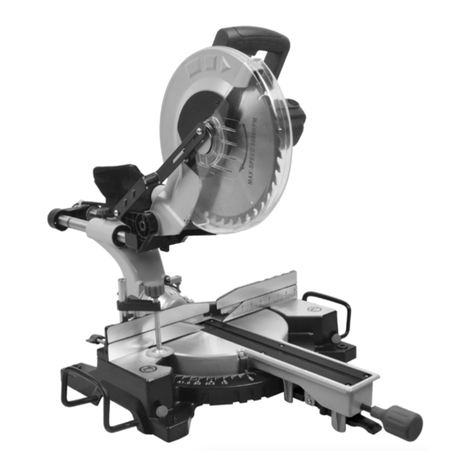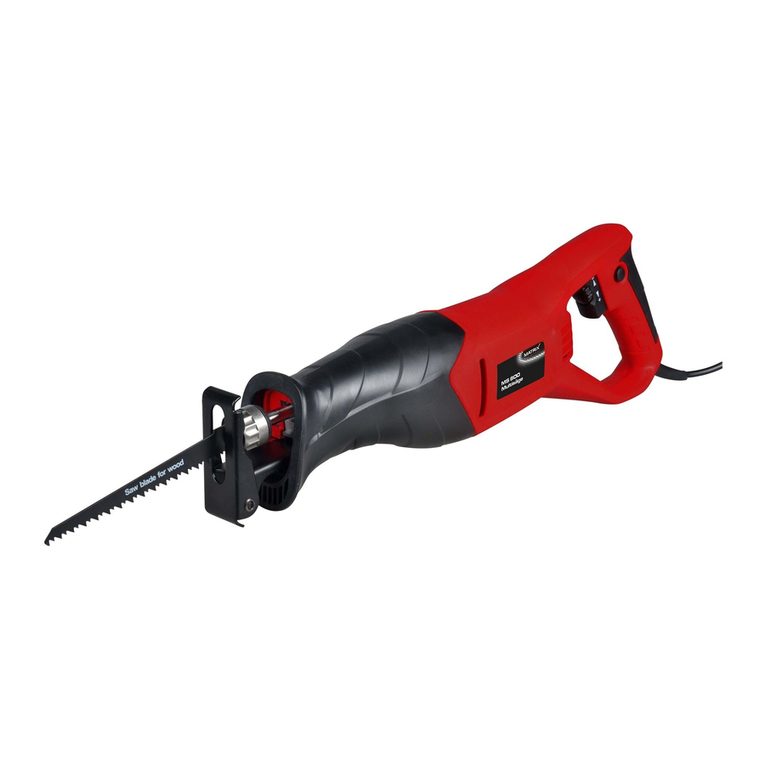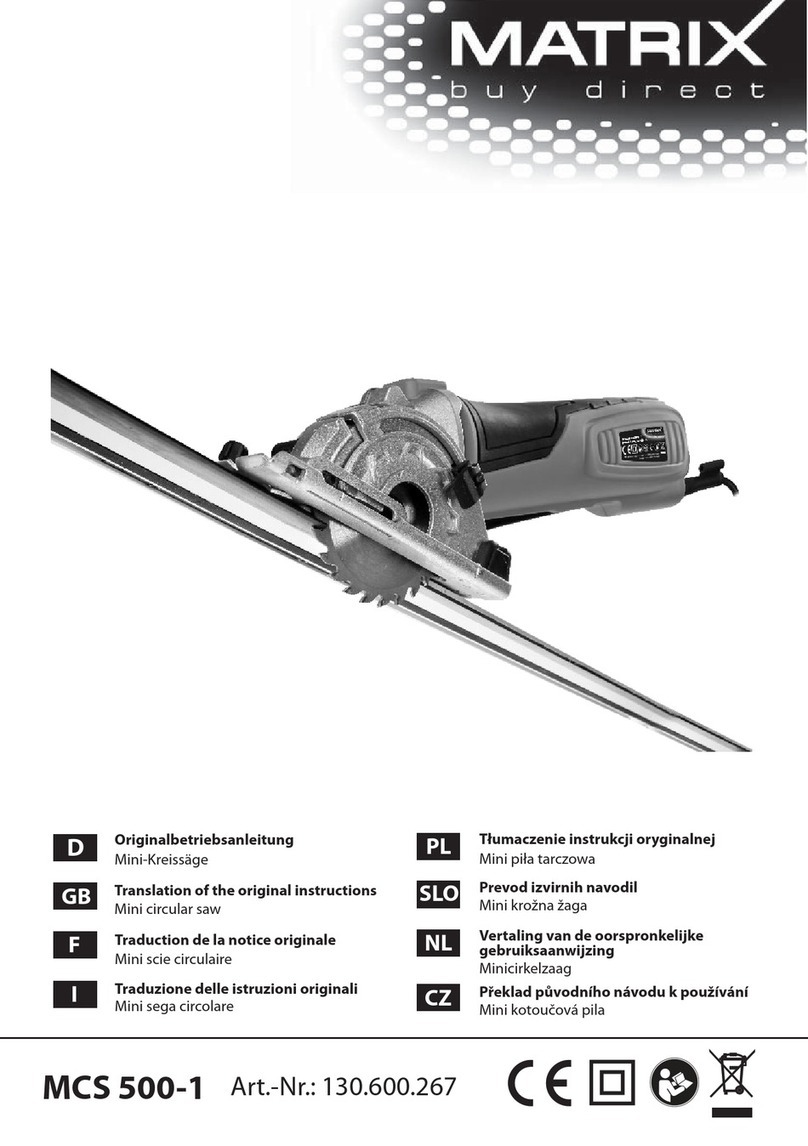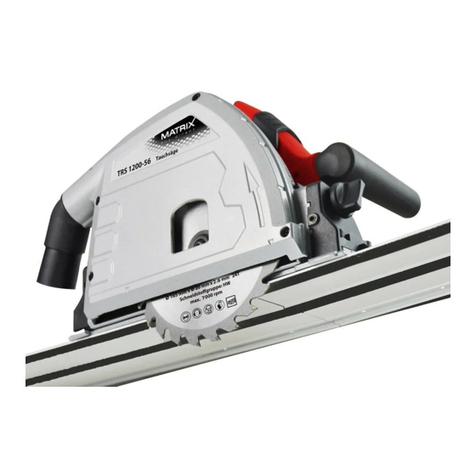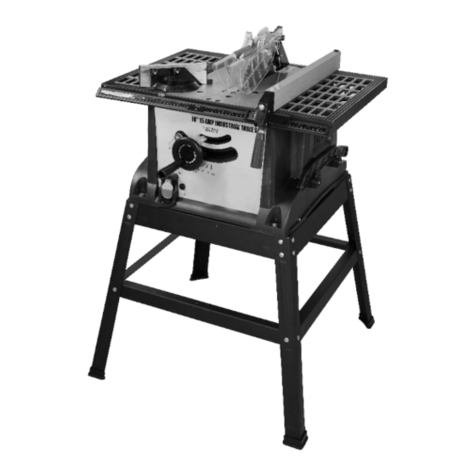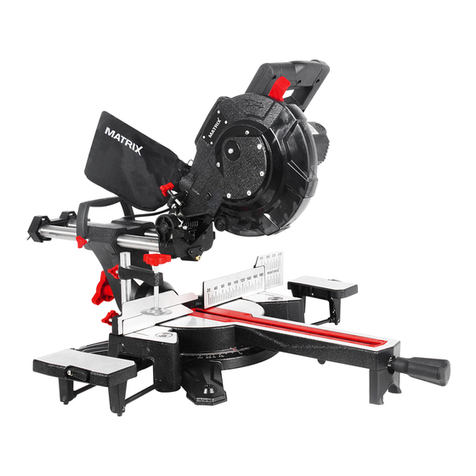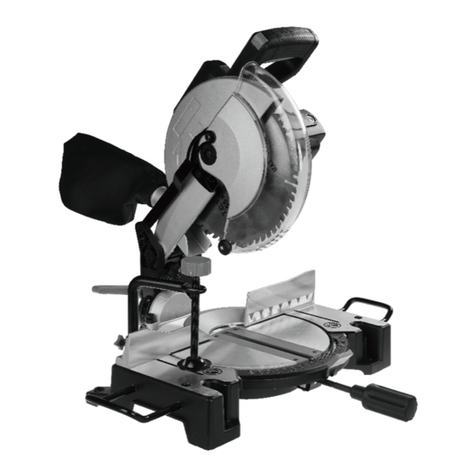
8
Operating instructions
Proper use
• The machine must only be used in
technically perfect condition in accordance
with its designated use and the instructions
set out in the operating manual, and
only by safety-conscious persons who are
fully aware of the risks involved in operating
the machine. Any functional disorders,
especially those affecting the safety of
the machine, should therefore be rectied
immediately.
• Any other use exceeds authorization. The
manufacturer is not responsible for any
damages resulting from unauthorized
use; risk is the sole responsibility of the
operator.
• The safety, work and maintenance
instructions of the manufacturer as well as
the technical data given in the calibrations
and dimensions must be adhered to.
• Relevant accident prevention regulations
and other, generally recognized safety-
technical rules must also be adhered to.
• The machine may only be used,
maintained, and operated by persons
familiar with it and instructed in its operation
and procedures. Arbitrary alterations to the
machine release the manufacturer from all
responsibility for any resulting damages.
• The machine may only be used with
original accessories and tools made by the
manufacturer.
Remaining Hazards
The machine has been built using
modern technology in accordance with
recognized safety rules. Some remaining
hazards, however, may still exist.
• Only process selected woods without
defects such as: Branch knots, edge
cracks, surface cracks. Wood with such
defects is prone to splintering and can be
hazardous.
• Wood which is not correctly glued can
explode when being processed due to
centrifugal force.
• Trim work piece to a rectangular shape,
center and correctly secure before
processing. Unbalanced work pieces can
be hazardous.
• Long hair and loose clothing can be
hazardous when the work piece is rotating.
Wear personal protective gear such as a
hair net and tight tting work clothes.
• Saw dust and wood chips can be
hazardous. Wear personal protective gear
such as safety goggles and a dust mask.
• The use of incorrect or damaged mains
cables can lead to injuries caused by
electricity.
• Even when all safety measures are taken,
some remaining hazards which are not yet
evident may still be present.
• Remaining hazards can be minimized by
following the instructions in „Safety
Precautions“, „Proper Use“ and in the entire
operating manual.
• Do not force the machine unnecessarily:
excessive cutting pressure may lead to
rapid deterioration of the blade and a
decrease in performance in terms of nish
and cutting precision.
• When cutting aluminum and plastics
always use the appropriate clamps: all work
pieces must be clamped down rmly.
• Avoid accidental starts: do not press the
start button while inserting the plug into the
socket.
• Always use the tools recommended in this
manual to obtain the best results from your
cutting-off machine.
• Always keep hands away from the work
area when the machine is running; before
performing tasks of any kind release the
main switch button located on the handgrip,
thus disconnecting the machine.
• Always keep hands away from the work
area when the machine is running; before
performing tasks of any
kind release the main switch button located


